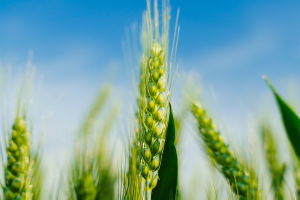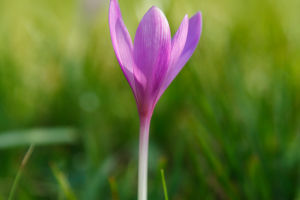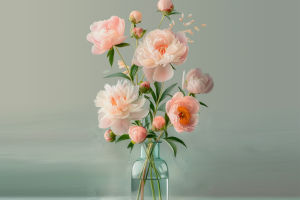Hello, Lykkers!Have you ever stopped to admire a tiny daisy blooming by the roadside? These small yet stunning flowers may seem simple, but they hold fascinating secrets.
Today, let’s explore the world of daisies together and uncover their hidden charm!
What Is a Daisy?
The daisy (Bellis perennis) is a perennial plant in the Asteraceae family. It is also called the "long-life flower" because of its resilience and long blooming period. Originally from Europe, daisies thrive in cool climates and spread easily, making them a common sight in gardens and wild meadows.
How Does a Daisy Grow?
Daisies typically grow between 10 to 20 centimeters tall. Their small, rounded leaves stay green all year. The leaves, about 2 to 5 centimeters long, are slightly hairy and have tiny serrations along the edges. These grow close to the ground, forming a compact base for the flower stems.
The flower stalk is smooth and rises between 2 to 10 centimeters above the leaves. At the top, a charming flower head blooms, consisting of two main parts: the outer petal-like ray florets and the inner tubular disk florets. The ray florets are usually white with a hint of pink or red at the tips, while the center is a bright yellow.
When Do Daisies Bloom?
Daisies usually bloom from March to May when grown outdoors. However, some cultivated varieties start flowering as early as November. These flowers are incredibly resilient and can survive in cold temperatures. However, in regions with hot summers, they may struggle to thrive. In such places, daisies are often grown as annual plants, meaning they complete their life cycle within a year instead of returning season after season.
Different Types of Daisies
Not all daisies look the same! There are single-flower varieties with a simple petal ring around a yellow center, and there are double-flowered varieties that appear fuller due to multiple layers of petals. Some specially cultivated daisies have flower heads as large as 5 to 6 centimeters in diameter, making them more eye-catching. Their colors range from pure white and soft pink to deep red, creating a delightful contrast with their bright yellow centers.
Why Do People Love Daisies?
Daisies are popular for many reasons. They are easy to grow, require minimal care, and add a touch of elegance to any garden. Their compact size makes them perfect for flower beds, borders, and even potted displays.
Beyond their beauty, daisies have been used in traditional medicine for centuries. Some believe they have astringent and hemostatic (blood-stopping) properties, making them useful in herbal remedies. Additionally, their fresh green leaves are edible in small amounts, though they should be consumed with caution.
Fun Facts About Daisies
1. Daisies belong to one of the largest plant families, which includes sunflowers and dandelions.
2. The name "daisy" comes from the Old English phrase "day’s eye" because the flower opens in the morning and closes at night.
3. Some daisies can change colors slightly depending on the temperature and sunlight exposure.
The Magic of the Daisy
Next time you see a daisy, take a moment to appreciate its simplicity and resilience. Whether blooming in a garden or growing wild in a field, these little flowers bring beauty and joy wherever they appear.
Lykkers, have you ever grown daisies or noticed them in your surroundings? Share your experiences—we’d love to hear your thoughts!


